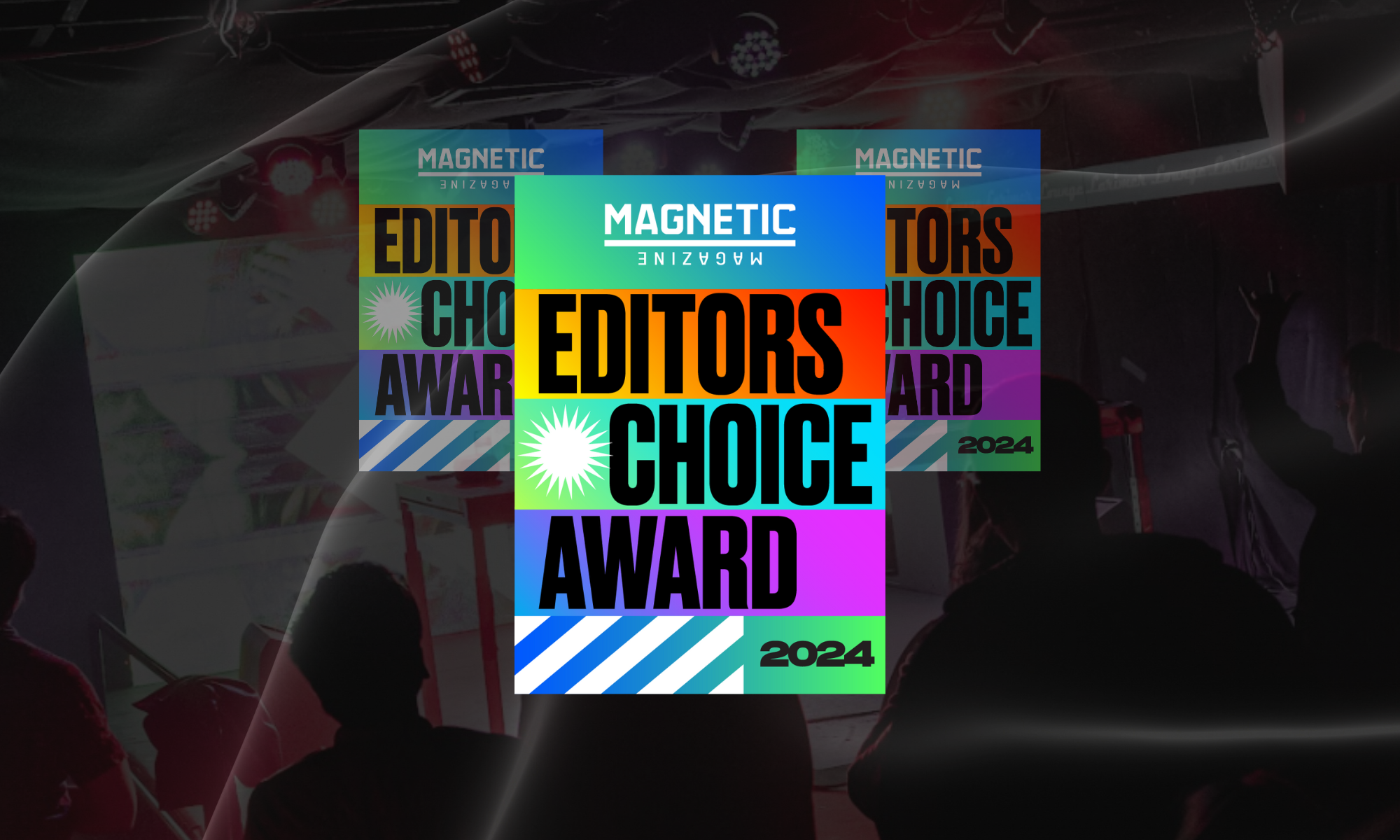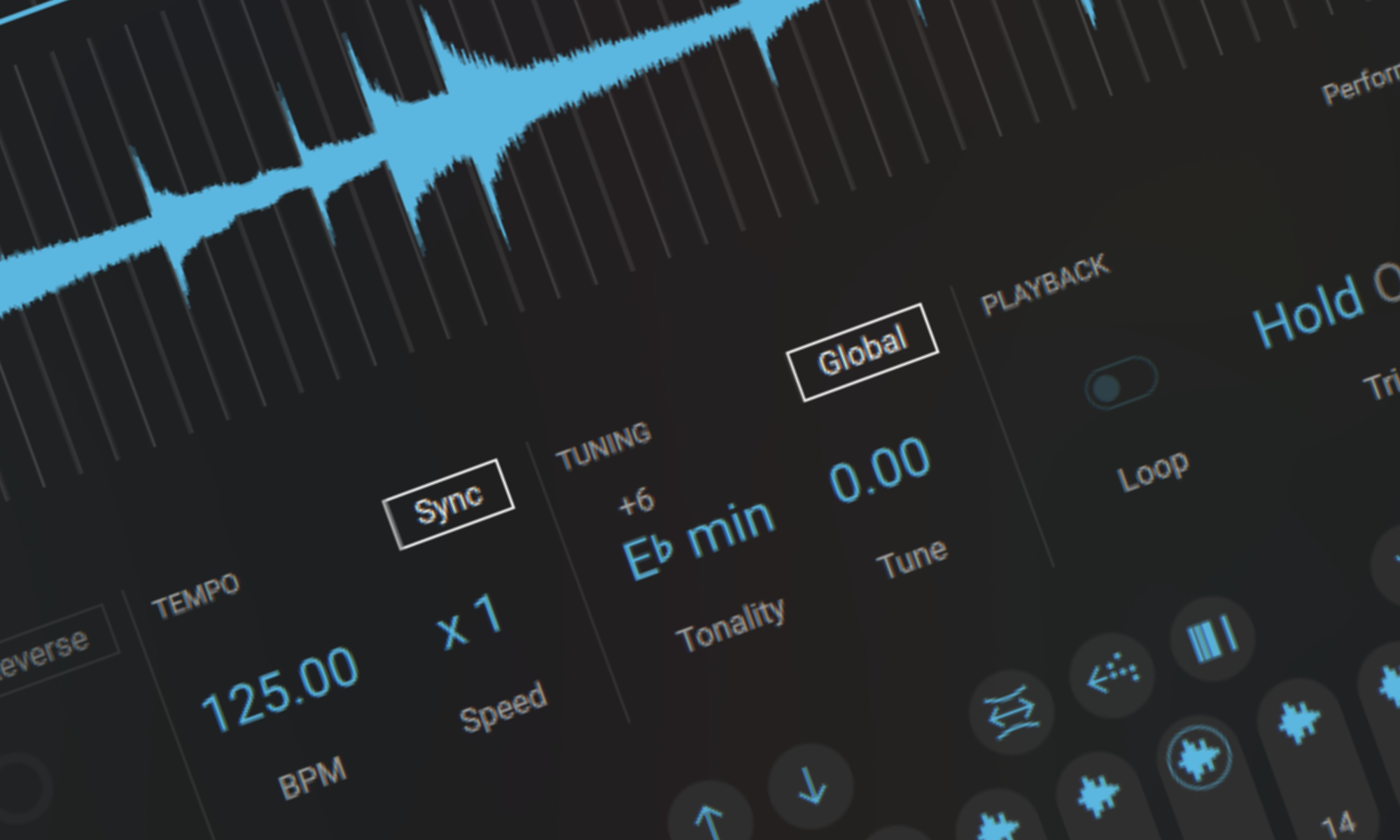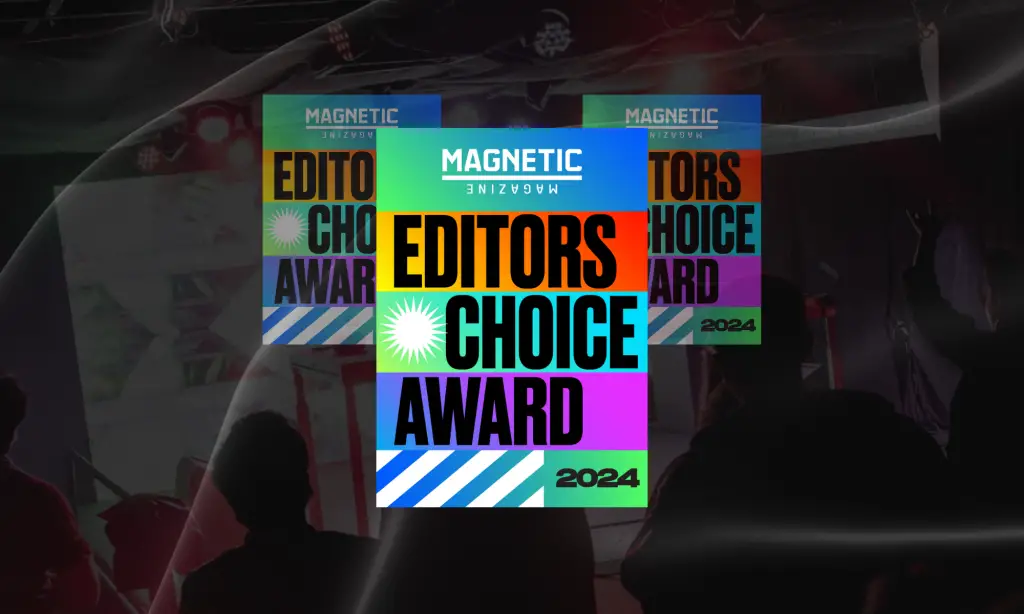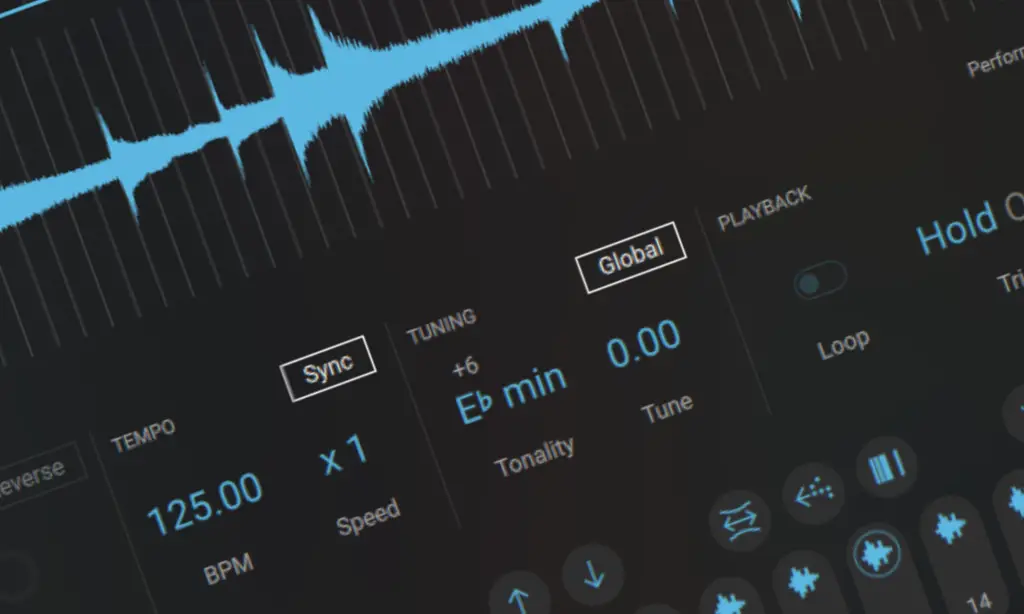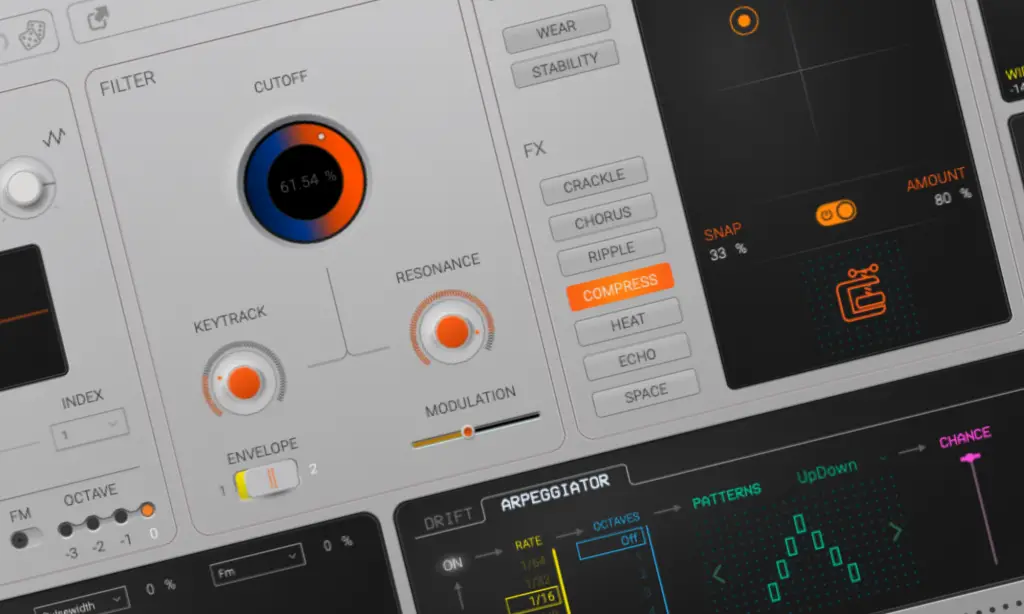Table of Contents
Images Courtesy Of Magnetic Magazine Recordings’ Artist Entel, Whose Self-Mastered Music Can Be Heard Throughout This Article
Mastering is no longer a mystery reserved for large studios. With accessible tools and plugins, many artists and producers are diving into DIY mastering to take control of their sound. While this approach can be a valuable learning experience, it often introduces mistakes that compromise the final product—from squashed dynamics to tonal imbalances. These pitfalls highlight why professional mastering remains a crucial step for delivering polished, competitive music. For a deeper dive into the nuances of mastering, check out this comprehensive guide on what mastering entails.
In this article, we’ll explore major pitfalls in DIY mastering. From avoiding over-processing to understanding loudness standards and creating cohesion, you’ll gain insights to refine your workflow. Whether you’re just starting or you’ve been at it for years, these tips will help you elevate your mastering process while recognizing when to seek professional expertise.
Over-Processing the Mix
One of the most common mistakes in DIY mastering is over-processing the mix. This typically stems from the belief that more adjustments will automatically lead to a better sound. In reality, excessive use of EQ, compression, or limiting often harms the track rather than enhancing it. Over-processing diminishes dynamic range, introduces unnatural artifacts, and leaves the mix sounding flat or lifeless.
When you overuse EQ, you risk creating imbalances such as overly harsh highs or muddy lows. Compression, if applied too aggressively, can squash the dynamics, making the track feel one-dimensional. Over-limiting can cause distortion, robbing the song of its energy and emotional impact. These issues are particularly noticeable when tracks are played alongside professionally mastered songs.
To avoid over-processing, start by trusting your original mix. Mastering should be about subtle enhancements, not drastic changes. Use your ears to identify areas that need improvement and avoid the temptation to fix every perceived flaw. Reference tracks are invaluable here—they provide a benchmark for tonal balance and dynamics, helping you stay on track without overdoing it.
Another key tip is to make incremental adjustments and listen critically after each step. Small changes can have a significant cumulative effect, so approach the process with restraint. By focusing on refinement rather than transformation, you’ll preserve the integrity of your mix while enhancing its overall punch.
Mastering Without Proper Monitoring
Accurate monitoring is the foundation of effective mastering. Without it, you’re essentially flying blind, making decisions that may not translate well across different playback systems. Poor monitoring environments often lead to imbalances, such as overly bass-heavy or treble-lacking masters, which can sound unprofessional and inconsistent.
Many DIY producers rely on headphones exclusively or work in untreated rooms. While headphones can provide valuable insights, they shouldn’t be your primary tool for mastering. Rooms with poor acoustics—characterized by excessive reflections or bass build-up—further exacerbate the problem, making it difficult to judge the true tonal balance of your mix.
To address these challenges, invest in calibrated studio monitors and consider treating your room with acoustic panels, bass traps, or diffusers. Even small improvements in your monitoring environment can make a big difference. Proper monitor placement is also crucial—position them at ear level and form an equilateral triangle with your listening position for optimal results.
Use headphones as a secondary reference to cross-check your work, but don’t rely on them exclusively. For a clearer understanding of how mixing and mastering differ and complement each other, see this detailed breakdown. Combining accurate monitors with a well-treated room will provide the clarity and precision needed to make informed mastering decisions.
Neglecting Loudness Standards
Loudness consistency is critical in today’s music landscape, especially for streaming platforms. Tracks that are too loud are often penalized by normalization algorithms, while overly quiet tracks can sound weak and lack impact. Striking the right balance is essential to ensure your music competes effectively without sacrificing dynamics.
Many DIY producers fall into the trap of pushing loudness too far, resulting in overly compressed and distorted masters. Others ignore platform-specific loudness guidelines altogether, leading to unpredictable playback levels. For instance, Spotify recommends a target of -14 LUFS integrated, while other platforms may have slightly different requirements.
To achieve consistent loudness, use metering tools to monitor your levels throughout the mastering process. Aim for platform-specific targets and ensure your dynamics are preserved. Avoid the temptation to chase maximum loudness at the expense of the track’s musicality. Remember, a well-balanced and dynamic master will always have more impact than a loud but lifeless one.
When in doubt, compare your master to professionally released tracks in a similar genre. This will help you gauge whether your loudness levels are competitive without being excessive. By aligning your masters with industry standards, you’ll ensure they translate well across all playback systems.
Not Prioritizing Cohesion Across Tracks
Cohesion is what transforms a collection of songs into a unified body of work. Without it, an album or EP can feel disjointed, leaving listeners with a fragmented experience. DIY mastering often overlooks this aspect, focusing on individual tracks rather than the project as a whole.
Common pitfalls include mastering each track in isolation without considering how they interact within the larger context. This can result in tonal imbalances, inconsistent loudness levels, and abrupt transitions that disrupt the flow of the album. For example, a track with a brighter tonality may clash with a darker-sounding one, creating an uneven listening experience.
To create cohesion, approach your project holistically. Consider the tonal balance, dynamics, and sequencing of each track in relation to the others. Reference tracks can be a valuable tool here, providing a benchmark for consistency. Pay attention to transitions between songs and make adjustments to ensure a smooth and natural flow.
Sequencing also plays a crucial role in cohesion. Experiment with different track orders to find the most compelling narrative or emotional arc for your album. By treating your project as a unified whole, you’ll deliver a more engaging and satisfying experience for your listeners.
Relying Solely on Presets
Mastering plugins often come with a range of presets designed to simplify the process. While these can be helpful starting points, relying on them exclusively is a common DIY mistake. Presets are inherently generic and cannot account for the unique characteristics of your mix.
Using the same preset across multiple tracks often results in a lack of nuance, leaving your masters sounding generic or mismatched. For example, a preset designed for a bass-heavy track may not work well for a brighter, more vocal-driven mix. Over-reliance on presets also limits your ability to address specific issues, such as tonal imbalances or dynamic inconsistencies.
Instead, treat presets as a foundation and customize them based on the needs of each track. Adjust parameters like EQ, compression, and limiting to enhance the unique qualities of your mix. By taking the time to fine-tune your settings, you’ll achieve more polished and professional results.
Ignoring the Need for Fresh Ears
Ear fatigue is a silent but significant challenge in mastering. Spending long hours listening at high volumes can dull your perception, leading to poor decisions and overlooked issues. This is particularly problematic in DIY mastering, where the temptation to rush through the process is strong.
When you’re fatigued, it’s easy to miss harsh frequencies, imbalanced levels, or other subtle details that can affect the final product. Listening at consistently high volumes further exacerbates the problem, altering your perception of tonal balance and dynamics.
To combat ear fatigue, take regular breaks and listen at moderate volumes. Step away from your work for a few hours or even a day to reset your ears. Returning to your mix with fresh ears will give you a clearer perspective and help you make more informed decisions.
Patience is key in mastering. Rushing through the process not only increases the risk of mistakes but also undermines the quality of your work. By allowing yourself time to rest and revisit your tracks, you’ll achieve a more polished and refined master.
Why Professional Mastering is Essential
While DIY mastering can be a valuable learning experience, professional mastering offers expertise and objectivity that’s hard to replicate. Mastering engineers bring trained ears, high-quality equipment, and years of experience to ensure your music meets industry standards.
One of the biggest advantages of professional mastering is the ability to address common DIY mistakes. A skilled engineer can balance dynamics, tonal characteristics, and loudness levels to create a cohesive and competitive final product. They also provide an objective perspective, helping you identify and correct issues you might have overlooked.
Professional mastering is particularly beneficial for projects with multiple tracks, such as albums or EPs. Ensuring consistency across songs requires a holistic approach and meticulous attention to detail—qualities that mastering engineers excel at. By investing in professional mastering, you’ll elevate your music and make it stand out in today’s crowded market.
Conclusion
Mastering is a critical step in the music production process, but it’s easy to fall into common pitfalls when attempting it yourself. From over-processing to neglecting loudness standards and cohesion, these mistakes can compromise the quality of your final product. However, by understanding and addressing these challenges, you can improve your DIY mastering results.
While DIY mastering can be a rewarding and educational experience, it’s important to recognize its limitations. Professional mastering brings a level of expertise and polish that’s hard to achieve on your own. Whether you’re preparing an album, EP, or single, investing in professional mastering ensures your music reaches its full potential. Experiment, learn, and grow—but don’t hesitate to seek professional help when it’s time to deliver your best work to the world.
Will Vance is a professional music producer who has been involved in the industry for the better part of a decade and has been the managing editor at Magnetic Magazine since mid-2022. In that time period, he has published thousands of articles on music production, industry think pieces and educational articles about the music industry. Over the last decade as a professional music producer, Will Vance has also ran multiple successful and highly respected record labels in the industry, including Where The Heart Is Records as well as having launched a new label with a focus on community through Magnetic Magazine. When not running these labels or producing his own music, Vance is likely writing for other top industry sites like Waves or the Hyperbits Masterclass or working on his upcoming book on mindfulness in music production. On the rare chance he's not thinking about music production, he's probably running a game of Dungeons and Dragons with his friends which he has been the dungeon master for for many years.

